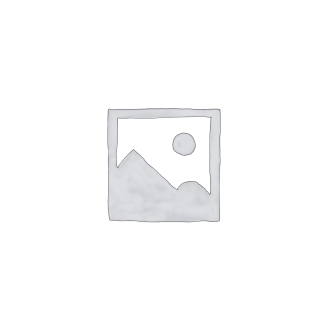ORIBASIUS
PARISIAN ALDINE
Collectorum medicinalium, libri XVII.
Paris, Apud Bernardinum Turrisanum sub officina Aldina, 1555.£1,950.00
8vo. ll. 332. Roman letter. Woodcut printer’s device to t-p. Woodcut initials. Light waterstain to lower corner of a few ll. at start, very slight browning, t-p dusy. A very good copy in original vellum, slight worming to upper cover.
First Paris edition, appearing simultaneously with, and copied from, an undated edition published in Venice by Paulus Manutius, of the chief work of the Roman Greek physician Oribasius (b. 4th century AD). A long note, enclosed, by D. Jean Manet of Marseille describes Oribasius as the first (medical) writer of importance after Galen.
Drawing almost entirely from Galen, Oribasius’s eclectic work is a manual of ancient humoral medicine. It is predominantly dedicated to diet, with five of the seventeen books being given over to the humoral qualities of different foods and drinks and the effects of diet on the humours. The first book contains descriptions of the qualities (dry, hot, cold, etc.) and medicinal uses of various grains, seeds, fruits and nuts, while the second covers other plant matter such as tubers and bulbs, and the edible parts of animals and fish, honey, etc. Oribasius then addresses the general effects of diet, before turning to liquids: wine, healing waters – including those from certain Greek mountain springs – and various tinctures such as rosewater, chamomile, absinthe, etc., for which recipes are given.
The sixth, seventh and eighth books are on purgation techniques and include discussions of circulatory anatomy, veins, arteries, etc.: therapeutic massage, cupping, bleeding through scarification (especially effective for women for whom other techniques do not work), and enemas and vomiting, for which there are more herbal recipes. In the ninth book Oribasius describes the importance of good air and a healthy climate and location, beneficial plants to have in your garden, etc., and in the same book gives a long list of recipes for poultices. The tenth book is on baths and hydrotherapy, including swimming in the sea, with descriptions of oils and unguents that can be used while bathing. Books eleven through fifteen are given over to alphabetical catalogues of simples and metals, drawn from Dioscorides and Galen, with their qualities and uses. The final two books (numbered confusingly in the running headers as fourteen and fifteen) return to anatomical descriptions of the body parts: the brain, heart, eyes and lungs, soft tissues, muscles, skeleton, etc.
On account of the commercial success of Aldine octavo editions in France, in 1554 the Aldine Press established a Parisian office run by Bernardo Torresano, the grandson of Aldus Manutius’s partner and father-in-law, Andrea Torresano. Bernardo left Paris in 1571 due to financial difficulties. It was quite common for Bernardo to print simultaneously octavo editions with those issued in Venice by Paulus Manutius.
Ren. 296: 2: ‘copié sur l’édition in-8o, sans date.’ Brunet, IV, 226, where he incorrectly states that the work had been printed the previous year by Oudin Petit (this was a different work by Oribasius, the Synopseos, also printed by Aldus in the same year). Not in Osler or Heirs of Hippocates. Not in Vicaire, Bitting or Simon. Wellcome 4647. NLM 3406. USTC 151705. Adams O 267. BM STC Fr., p. 330. Ahmanson-Murphy, 1045. Not in Brunet.

